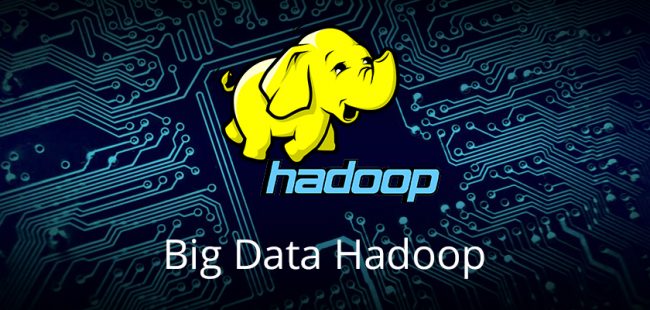2020 will be remembered as a year wrought with crises and disasters – from the Australian wildfires to the Covid-19 Pandemic. However, the tech savvy among cannot ignore the fact that this year has been a real benchmark in terms of internet usage and data manipulation. We will discuss the ramifications in detail farther along the article. The point is that we have been witnessing certain changes in the way the internet is perceived and businesses across the world are trying to make the most of the situation.
Internet usage in India during the pandemic
Big data as we know it is a product of expansive access to the internet and the internet of things. The pandemic has notably affected both in a stark manner.
The Indian Government declared the Janata curfew or the self imposed lockdown on 19th March, 2020. Internet consumption in India increased 13% in the same week. Indians consumed 311 petabytes of data on a daily average throughout the month of March. There was a 30% hike in the amount of data consumed for streaming videos. As the schools and offices started operating over the internet the consumption increased.
The volume, velocity, and variety of data has increased significantly as a result of the increased internet consumption. Various online businesses have been forced to reconsider their marketing and product strategies. This paradigm shift in the big data industry is the key trend this year.
The obsolescence of various predictive models
The success of data analytics depends on a well informed critical understanding of the consumers factoring in the general sentiment of the people of a region, impactful events, climate, government policies, and whatnot.
As the pandemic set in followed by the lock down, there were unprecedented changes in consumer behaviour. The parameters that worked a month before would not produce meaningful results any longer.
Businesses need to cope with this change in order to survive and thrive through these tough times. In fact, a lot of companies in Bangalore have found innovative ways of making the most of the current situation. A tech-firm for example has created a surveillance system based on computer vision that can identify people without masks, and manage crowds remotely.
The food delivery companies have been forced to change their marketing strategy according to the customer sentiments and reclaim the trust of their customers.
This trend has increased the need for big data professionals in the domestic sector, as a result the demand for big data training in Bangalore has had a significant hike.
Renewed emphasis on data governance
There is an enormous amount of sensitive data floating across various networks. With virtual meetings, and remote work becoming the norm, data security has come to the forefront in the list of concerns.
Companies will be trying to streamline the data governance process so that the information derived from data analysis and diagnosis can be spread across the business seamlessly without worrying too much about compliance to the data security norms.
Application of artificial intelligence
The process of data analysis is growing increasingly dependent on artificial intelligence. Owing to the exponential increment in the amount of available data and the unstructured nature of a large part of the data, it has become impossible to process information without the help of AI based technologies like computer vision, image recognition, and natural language processing.
The sub set of AI that makes most of it possible is deep learning. The growing importance of deep learning and consequently, neural networks is a visible trend.
Expansion into non-tech businesses
While technologies like data analytics, and machine learning are typically associated with the technology industry. However, no industry is complete without a solid technical support in this age. Every business wants a competitive edge regardless of the niche. Thi is why data analytic has escaped the boundaries of technology based industries and started impacting agriculture, power, water supply, home appliances, and tourism, among many other sectors.
A cloud-first mindset
With the need for real time analytics increasing in various sectors cloud computing is no longer a matter of choice. The use of both public and private clouds, as well as hybrid cloud architecture, is allowing real time visibility and increased accessibility. In the future we will probably see clouds existing out of the data centers.
One trend that has not really changed is the skill gap in the analytic industry. There is a perpetual lack of skilled personnel who can drive the data centric ecosystem ahead. Look at this as an opportunity and prepare yourself.

